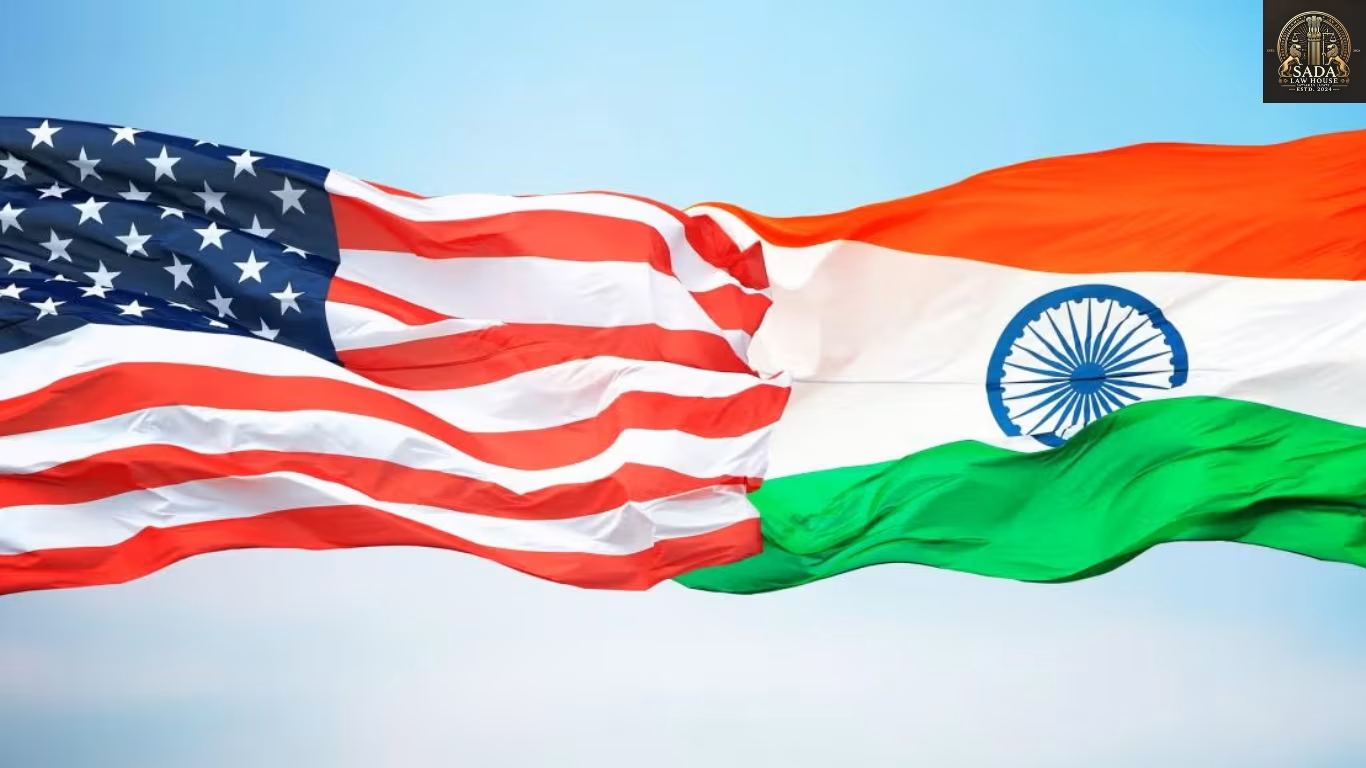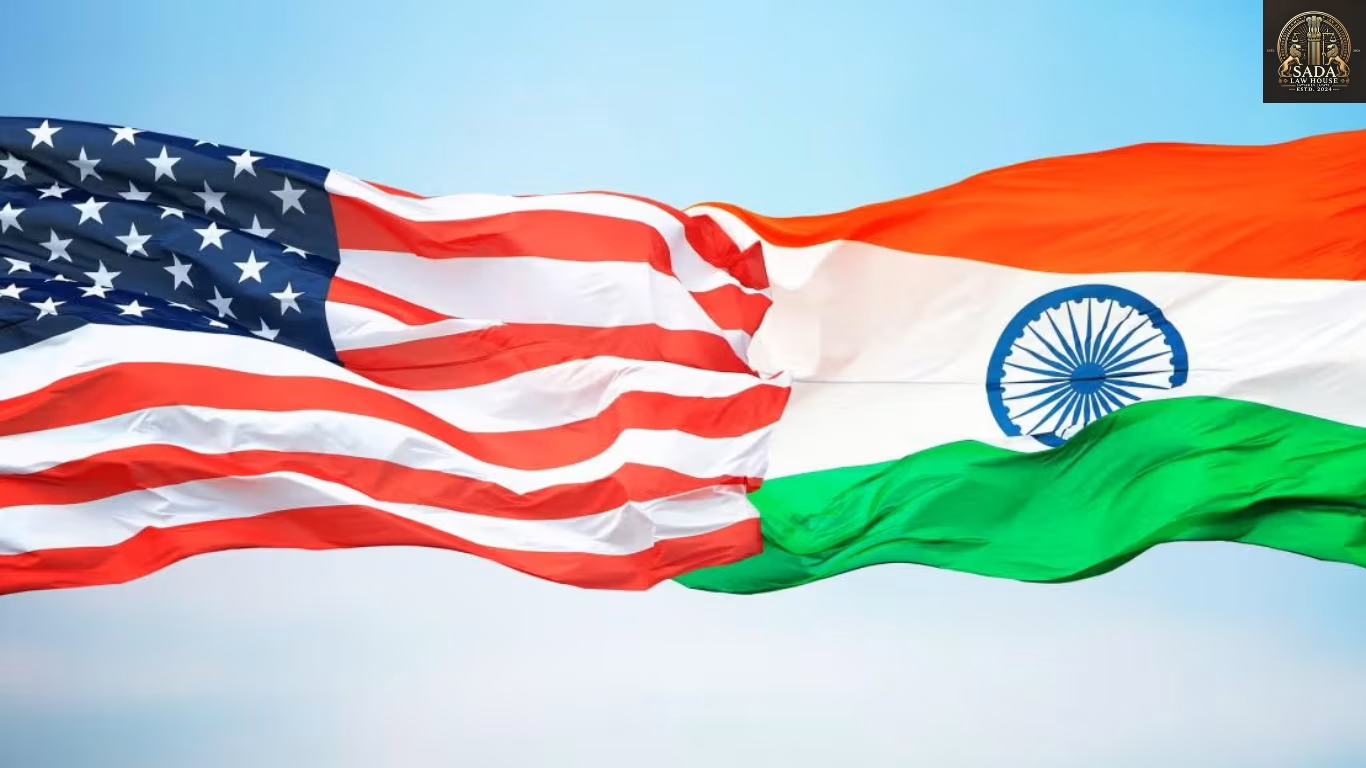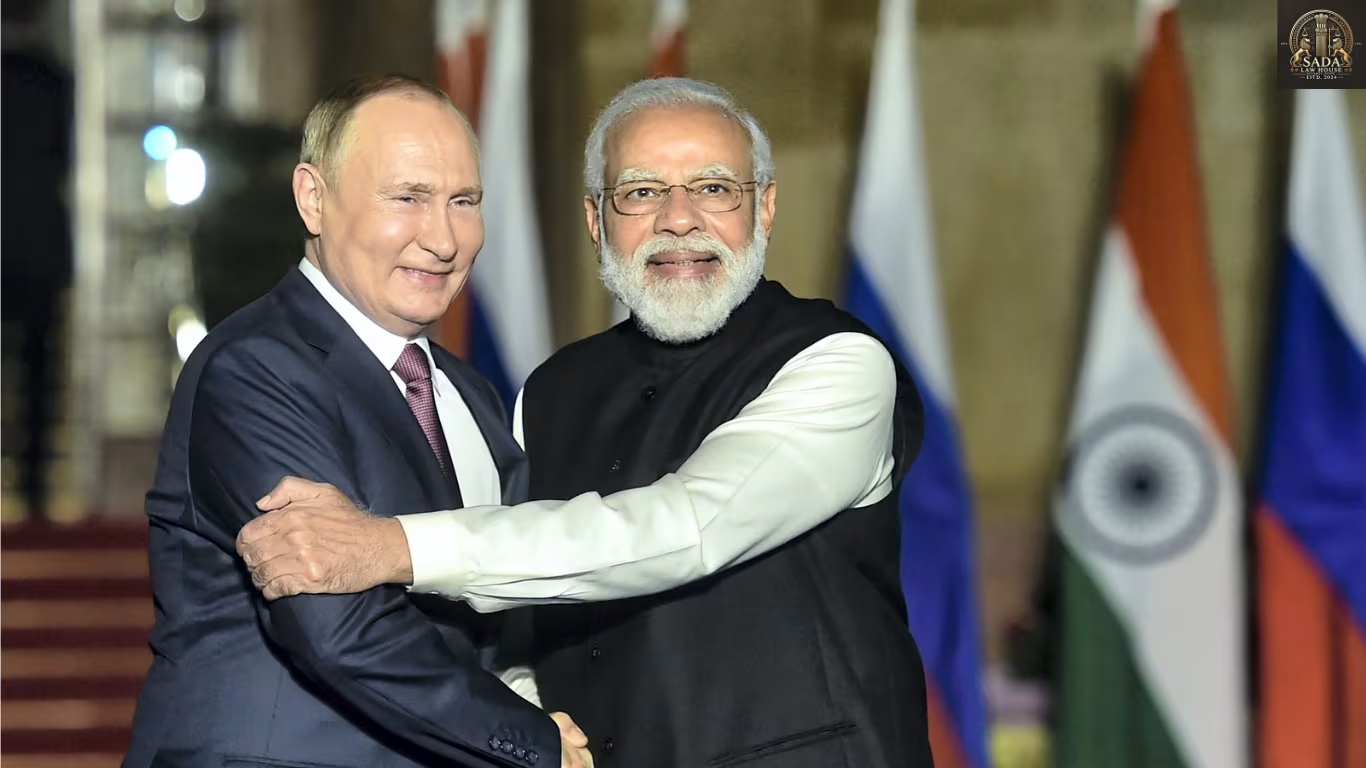Preserving Ties, Protecting Sovereignty: India’s U.S. Strategy
- Shivani Garg
- 16 September 2025

Introduction
India’s relationship with the United States is one of the most significant in global geopolitics. Yet, New Delhi has been careful to balance close engagement with Washington while firmly protecting its sovereignty and strategic autonomy. Former Indian diplomat T.S. Tirumurti has often articulated this approach — emphasizing partnerships rooted in mutual benefit, but never at the cost of India’s principles.
Who is T.S. Tirumurti & Context
T.S. Tirumurti is a seasoned Indian diplomat who has served in key roles, including as India’s Permanent Representative to the United Nations.
In his speeches and interviews, he has consistently highlighted India’s approach of balancing partnerships with principles. This involves engaging constructively with major powers, including the U.S., while safeguarding sovereignty, national interest, and policy independence.
Key Themes of India’s Strategy
1. Strategic Engagement with the U.S.
The U.S. is a vital partner for India in trade, defence, technology, climate action, and global governance. Engagement with Washington provides access to advanced technology, investments, and diplomatic support in international forums. India seeks to strengthen these ties for mutual growth.
2. Guarding Principles & Sovereignty
Despite close cooperation, India maintains clear “red lines”:
Foreign policy independence (e.g., continuing relations with Russia).
Domestic autonomy in areas like data protection, tariffs, and regulatory frameworks.
National security priorities, which remain non-negotiable.
3. Pushback When Interests Diverge
India has shown it can resist U.S. pressure where demands clash with its own interests. Examples include:
Refusing to scale back energy trade with Russia despite Western sanctions.
Rejecting certain trade proposals seen as harmful to local industries.
Maintaining policy space in critical development sectors.
Implications & Why It Matters
Foreign Policy Balance: India follows a strategic autonomy model — building partnerships with the U.S. while also engaging with Russia, China, and others.
Negotiation Leverage: By valuing partnership but making it clear it’s not unconditional, India strengthens its bargaining power in bilateral talks.
Domestic Priorities: Protecting local industries, safeguarding development goals, and preserving policy freedom are central to India’s stance.
Global Image: By holding its ground, India projects itself internationally as a country that acts on its own terms, expecting mutual respect rather than one-sided alignment.
Conclusion
India’s U.S. strategy, as articulated by diplomats like T.S. Tirumurti, is not about rejecting partnership but about ensuring it operates on equal terms. By combining engagement with firmness, New Delhi aims to preserve its sovereignty while advancing national interests — a model of partnership without dependency that strengthens its standing in an increasingly multipolar world.
Live Cases






